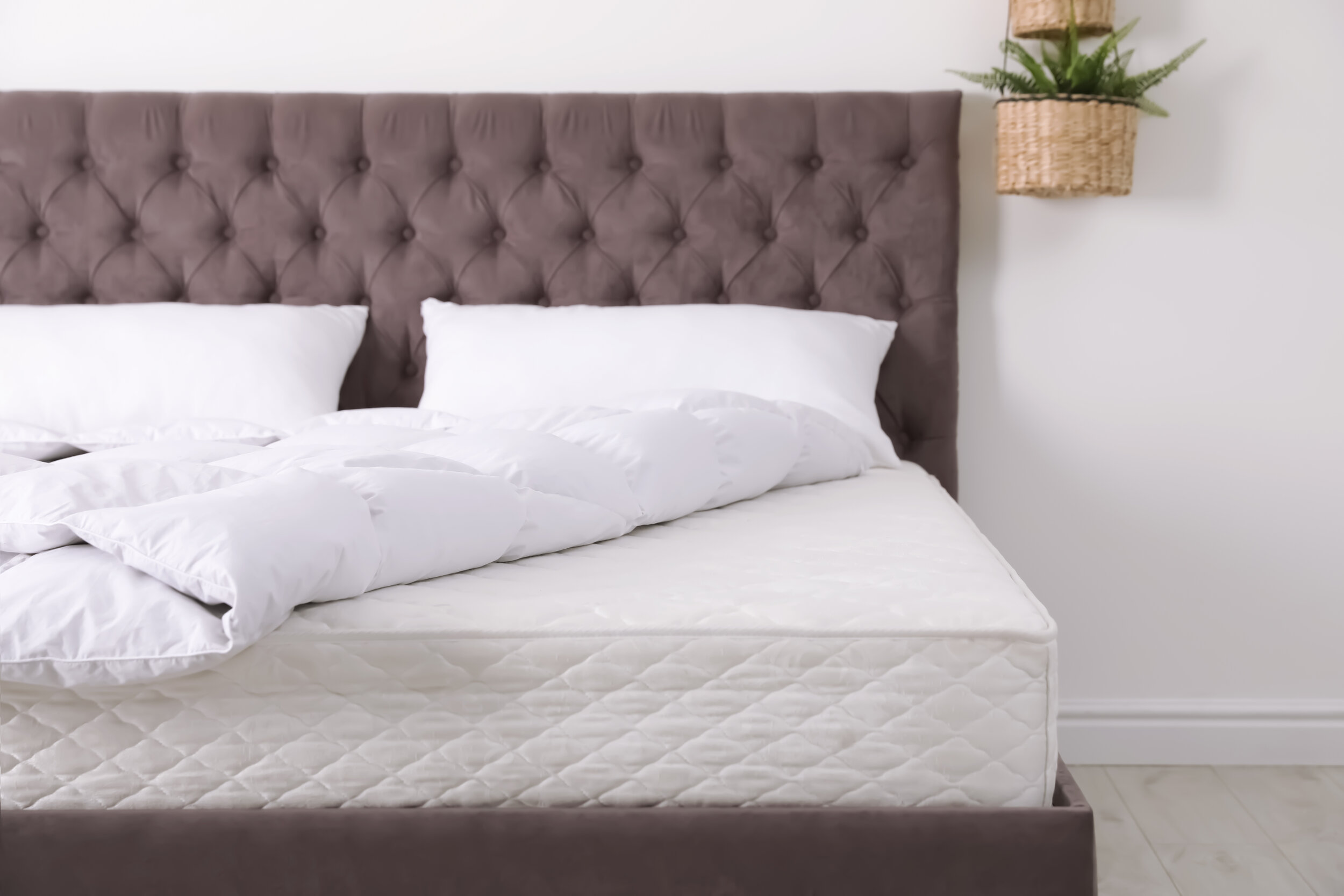
Get the best results to treat your home.
Tips on How to Prepare Your Home for Best Results
Furniture, clutter should be moved from at least 4 inches from the walls.
Do not use any pesticide bombs, foggers or sprays before heat treatment.
Do not remove anything from the treatment area, except trash and other unwanted items.
Bedding should be removed from beds. Machine wash after treatment.
Unplug all electronics except major appliances.
Notify Management prior to the treatment of any fire sprinklers, heat sensors, or laminate furniture.
Get rid of all trash and unwanted items before treatment.
Make sure pictures and posters are properly secure.
Remove vinyl or faux wood blinds due to low heat tolerance.
Remove heat-sensitive items.
List of heat-sensitive Items:
Meltable items like chocolate, lipstick, candles, and deodorant.
Medications and vitamins.
Vinyl recorders, tapes, thin plastic.
Aerosol cans, fire extinguishers, lighters, soda cans, pressurized containers.
Wines, liquors and perishables.
Objects made with melted hot glue.
Wireless routers and modems.
More tips:
Try to group heat-sensitive with similar items.
Avoid using cardboard, wicker, or other containers that can hide Bed Bugs.
Air flow is critical to this process. Over-packed closets and rooms may not be able to be treated properly!
Don’t over-prepare. Unnecessarily boxed or bagged items do more work for everyone!
HEAT TREATMENT
PREPARATION CHECKLIST
o Furniture and clutter should be pulled away from walls at least 4 inches.
o Do not use any pesticide bombs, foggers, or sprays prior to heat treatment.
o Do not remove anything from the treatment area except for garbage or items to be permanently removed.
o Bed linens should be removed from beds and bagged to be washed after treatment.
o Unplug all electronics except major appliances.
o Notify Management prior to treatment of any fire sprinklers, heat sensors, or laminate furniture.
o Permanently dispose of all trash and unwanted items before treatment.
o Improperly secured pictures and posters that may blow down should be taken down and laid flat.
o Vinyl or faux wood blinds have a low heat tolerance; they should be placed in the heat-sensitive pile.
o Heat sensitive items should be placed in an easily accessible area like a table.
Heat Sensitive Items:
• Meltable items like chocolate, lipstick, candles, and deodorant
• Medications & Vitamins
• Vinyl recorders, tapes, thin plastic that may warp
• Aerosol cans, fire extinguishers, lighters, soda cans, pressurized containers
• Wines, liquors, and perishables
• Items assembled with hot melt glue
• Wireless routers and modems
For Your Information:
* Try to group heat-sensitive together with similar items.
* Avoid using cardboard, wicker, or other containers that can hide Bed Bugs.
* Airflow is critical to this process, over-packed closets and rooms may not be able to be treated properly!
* Don’t over-prepare. Unnecessarily boxed or bagged items make more work for everyone!
During a bed bug heat treatment, certain items can explode or become damaged due to the high temperatures involved. It’s important to remove or properly manage these items to avoid potential hazards. Here’s a list of items that can potentially explode or be damaged during heat treatment:
1. Aerosol Cans
Examples: Hairspray, deodorant, cleaning products, spray paint, and insecticides.
Risk: The pressurized contents of aerosol cans can expand and explode when exposed to high heat.
2. Flammable Liquids
Examples: Gasoline, lighter fluid, solvents, and certain cleaning products.
Risk: Flammable liquids can vaporize and ignite, leading to an explosion or fire.
3. Batteries
Examples: Laptop batteries, camera batteries, phone batteries, and any other rechargeable or disposable batteries.
Risk: Batteries, especially lithium-ion, can overheat and potentially explode if exposed to extreme temperatures.
4. Pressurized Containers
Examples: Canned foods, fire extinguishers, and compressed gas cylinders (like propane tanks).
Risk: Pressurized containers can burst when heated, leading to an explosion.
5. Fireworks and Ammunition
Examples: Any type of fireworks, gunpowder, or live ammunition.
Risk: These items can explode if exposed to high temperatures.
6. Electronics
Examples: TVs, computers, smartphones, and other devices with sensitive internal components.
Risk: While they may not explode, electronics can be damaged or cause a fire if they overheat.
7. Cosmetics and Personal Care Products
Examples: Perfumes, nail polish, and certain cosmetics with alcohol or other volatile ingredients.
Risk: These items can become volatile under high heat and may lead to an explosion or fire.
8. Glass and Ceramics
Examples: Sealed glass bottles, vases, and some ceramic items.
Risk: Sealed glass containers can shatter due to the pressure build-up inside them. Some ceramics may also crack or explode if they contain air bubbles.
9. Alcohol and Other Spirits
Examples: Bottles of liquor, wine, or other alcoholic beverages.
Risk: Alcohol is flammable and can explode under extreme heat.
10. Lighters and Matches
Examples: Butane lighters, matches, and other ignition sources.
Risk: These items can ignite and potentially cause an explosion.
11. Paint and Paint Thinners
Examples: Cans of paint, paint thinners, and other similar substances.
Risk: Paints and thinners are flammable and can explode when exposed to high temperatures.
12. Sealed Containers of Liquid
Examples: Bottled water, soda cans, and other sealed liquids.
Risk: The liquid inside can expand under heat, potentially causing the container to burst.
Before the heat treatment begins, it's crucial to thoroughly inspect your home and remove or safely store any of these items to prevent potential hazards. Always consult with your pest control technician for specific guidance based on the contents of your home.
